A PRACTICAL GUIDE TO ELETRIC BIKE MAINTENANCE
Posted by Tom Lee on
Welcome to our guide on how to do your own electric bike maintenance at home. During regular riding, I believe that everyone will clean their electric bikes every once in a while. A lot of riders usually have a simple fix with a hose and a towel, but you can do everything from repairing flat tires and wheels to brake lines and more.
Although we recommend learning all maintenance techniques, here are some of the most important:
What to check before riding an electric bike?
1. Adjust the height of the saddle and handlebar. The height of the saddle and handlebar varies from person to person. Generally, the height of the saddle is suitable for the rider to be able to reliably land on one foot (the whole vehicle should be kept upright basically). It is advisable to relax the arms. However, when adjusting the saddle and handlebar, the insertion depth of the tube and seat tube must be higher than the safety mark line.
2. Check and adjust the front and rear brakes. Checking your brakes before every ride is essential, and they cannot be ignored. The adjustment of the front and rear brakes is appropriate when the left and right brake handlebars reach half of their travel. After prolonged use, especially in rainy days, the brakes may become unresponsive or even fail. We advised that you use the emergency brake to test your brakes before starting a long-distance ride. At the same time, the brake pads are excessively worn and should be replaced in time to ensure your safe driving.
3. Check your chain for tightness and lubrication. If the chain is too tight, it will be hard to pedal, and if the chain is too loose, it is easy to loosen and rub other parts. The sag of the chain is suitable for 1-2mm, and it can be adjusted properly when riding without pedals. Observe whether the chain shaft of the chain rotates flexibly and whether the chain links are severely corroded. The component should be filled with an appropriate amount of lubricating oil, and the chain should be replaced in serious cases. This is very important for both mid-drive and hub-driveelectric bikes.
4. Check your tires. On any journey, we strongly urge you to check your electric biketires before riding. Make sure you maintain a reasonable air pressure and check for cracks and bulges. Usually strengthen the maintenance of tires, thereby prolonging the service life of tires and increasing the safety factor of electric bikes.
5. Check the battery. Whether you use an e-bike to go to work or take a long trip, you need to make sure the battery is fully charged before riding. After each return, please charge your electric bike, it is best to charge the lithium batterywith 20% remaining power. We will discuss the protection of lithium batteries further in the article, please continue reading.
Common Tools for Repairing Electric Bikes
Usually DIY repairing electric bicycles at home, except for the electric components and equipment, the repair tools you need are roughly the same as those of traditional bicycles. Here are 7 common tools we recommend for you:

Required tools:
1. Y-type hexagon wrench. This wrench is one of the most requested tools for beginners in electric bike repair. The tower contains the three most commonly used screw sizes on e-bikes (4mm, 5mm and 6mm). Although the Y-wrench can basically solve all problems, it cannot replace a set of wrenches. In some cases, you still need them.
2. Torx wrench. This tool is generally used to fix the screws of the brake pads. It can be tightened and loosened arbitrarily, and there are different key sizes on the market for different screw ports.
3. Multifunctional tool. If you go out and ride a lot, we don't need to remind you. There should be such a tool in your toolkit. For mountain bikers, a multitool is a must. Wrenches, screwdrivers, pliers... Basically, one multi-tool for all your needs.
4. Chain clipper. This tool is well understood, it is specially used to replace the rusted chain. The vast majority of riders use these for the latter.
5. Lubricating oil. It is used in the chain of various electric bicycles to reduce friction and protect the chain. Mainly play the role of lubrication, cooling, rust prevention, cleaning, sealing and buffering.
6. Shock absorber air cylinder. This tool is used to control the air pressure of the shock assembly. Almost all electric mountain bike suspensions are air pressure, keeping them firm and capable of handling more difficult and rougher trails.
7. Cable cutter. A good pair of cable cutters will save you time and effort when changing brake lines. At the same time, cable cutters prove to be indispensable when repairing, replacing or completely removing the cables of electric bicycles. We strongly recommend that you check all cables before cutting wires to avoid damage to other electrical components.
How to properly clean an electric bike
Electric bicycles that are often used will be stained with a lot of dust and mud, which not only affects its appearance, but also is likely to enter the brake/charging port and other places, affecting the charging and braking of the electric bicycle.
Now we give you some cleaning tips:
1. For the safety of electric vehicle lines and electricity use, disconnect the vehicle power supply or unplug the battery when washing the bicycle. Do not use high pressure cleaning or avoid spray cleaning, because the high water pressure may cause the vehicle to overturn and cause water in the lamps and lines, etc. conditions, affecting the electrical performance of the vehicle.
2. Clean up the rust on the electric bicycle. You can scrub any rust oxide from your bike's surface and uprights with hot water. After drying, it is best to use sandpaper to clean the rust on the poles and connectors, and tighten the fixing screws on the connectors to ensure good circuit contact.
3. Maintenance after cleaning: Cleaning and maintenance should be closely integrated, and it is best for cyclists to maintain their bikeafter cleaning. In particular, lubricate key components such as the front axle, rear axle, central axle, flywheel, front fork, and shock absorber pivot point of electric bicycles. This makes the electric bike very smooth to ride.

Battery Protection:
As mentioned before, before cleaning the electric vehicle, it is essential to disassemble the lithium battery for high water pressure or any intrusion of impurities. For best performance and longevity, make it a good habit to fully charge the battery after every ride. For detachable lithium batteries, make sure to align the bayonet and lock it when installing it to the frame.
At the same time, the battery life is also affected by the environment. Now it is hot and rainy in the summer in the northern hemisphere. At this time, you need to prevent overcharging. Please do not park your electric bicycle in the high temperature of direct sunlight. In addition, it is strictly forbidden to rain or immerse in water.

Motor Maintenance:
Regularly lubricate the gears, bearings and deceleration parts of the electric vehicle motor. If the inner and outer casings of the gears and bearings are too worn, the anti-vibration sheet is deformed, the performance of the spring is degraded or broken, the controller should be replaced.
Pay attention to charging the lithium battery of the electric vehicle frequently, so that the lithium battery can maintain sufficient voltage, prevent the motor from heating due to insufficient voltage, and accelerate the aging of the electric vehicle motor.

Thanks for reading our e-bike maintenance guide! Follow these tips and check in frequently to ensure your e-bike is in top shape.
- Tags: aliexpress electric bike

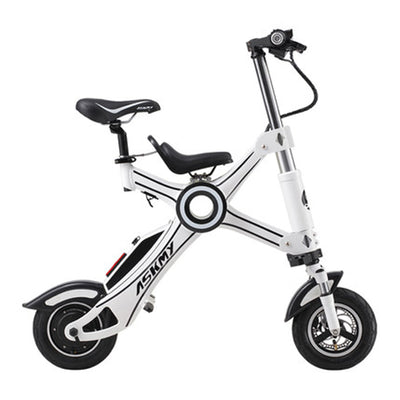
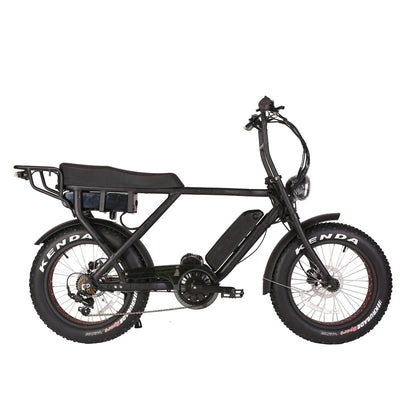
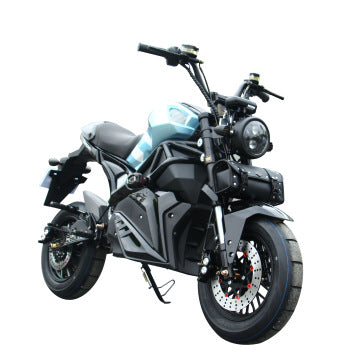
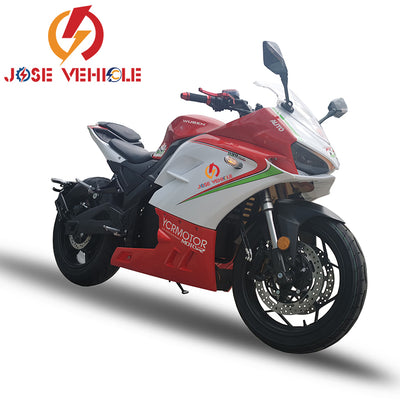
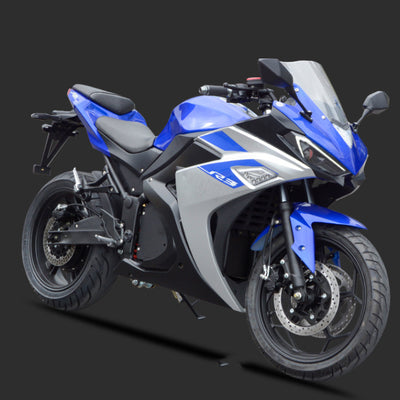
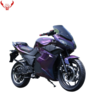
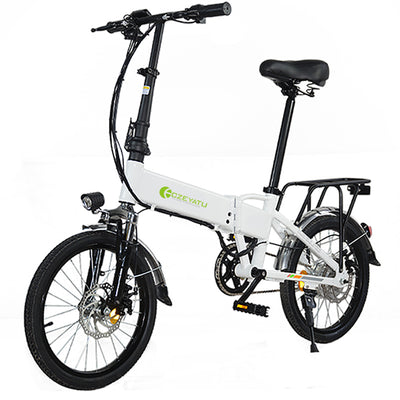
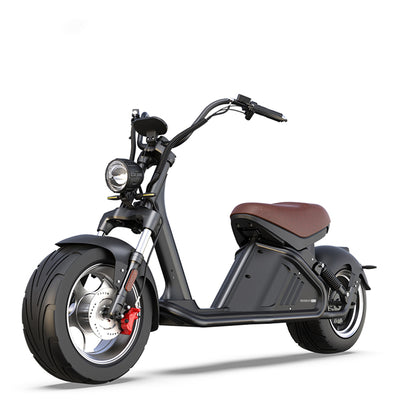
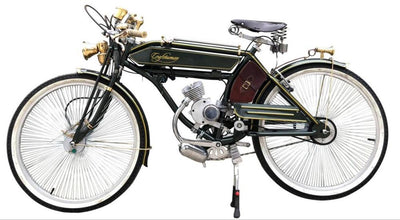
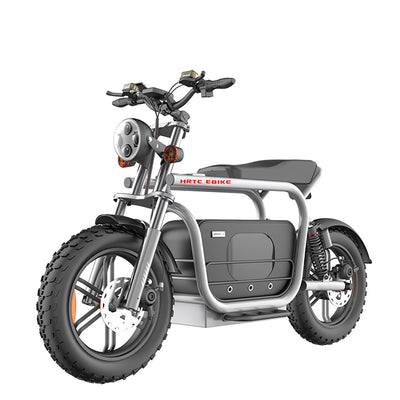



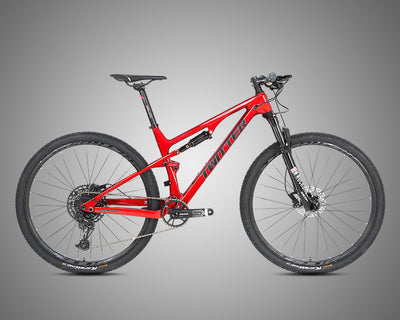
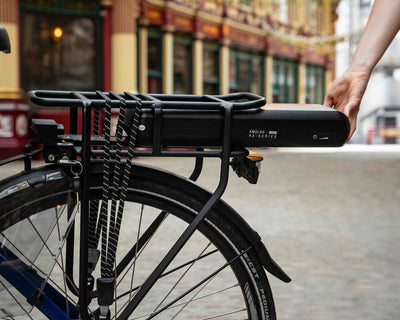



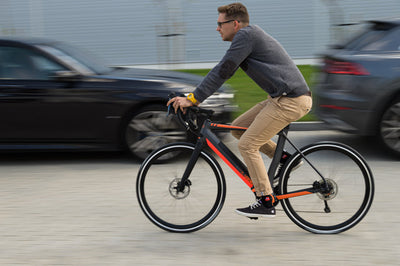

https://e-smartway.com/blogs/electric-bike/a-practical-guide-to-eletric-bike-maintenance